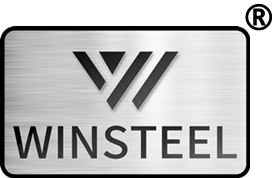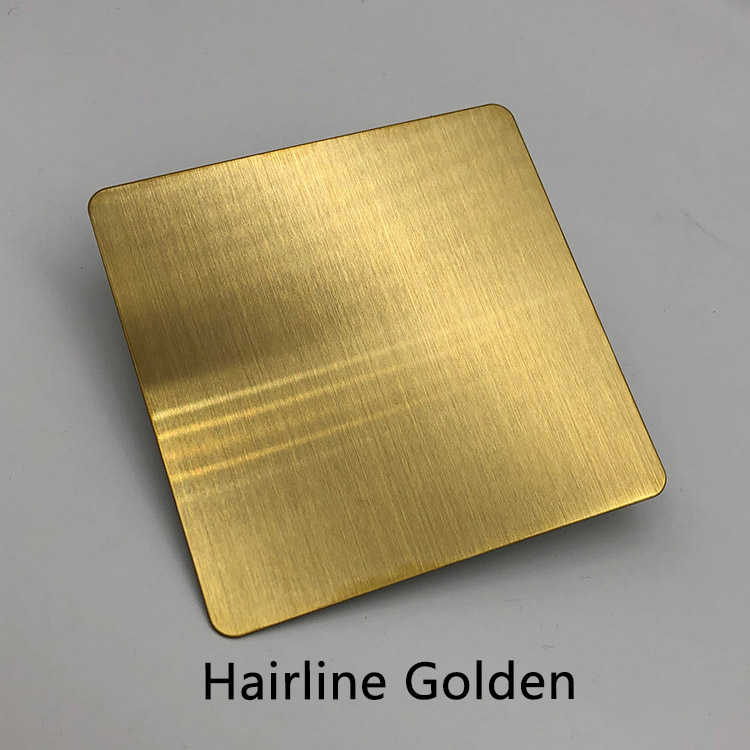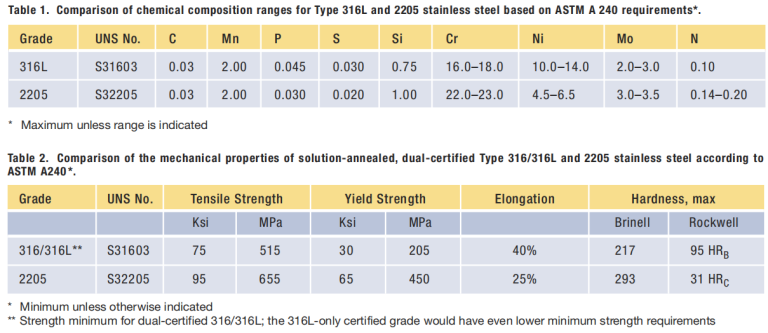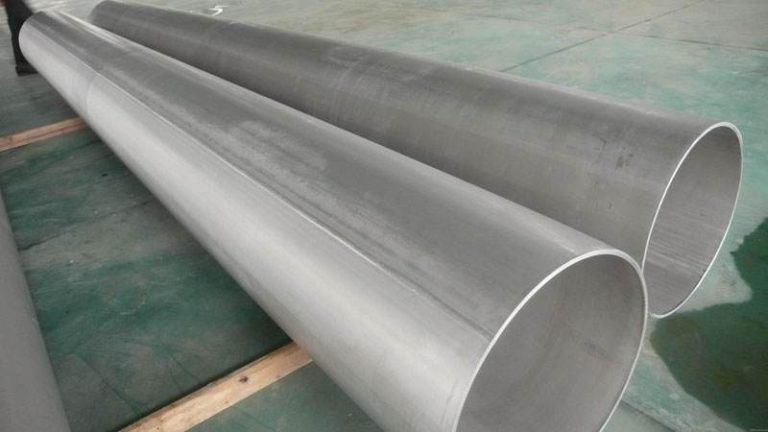Stainless Steel Alloy Element Functions
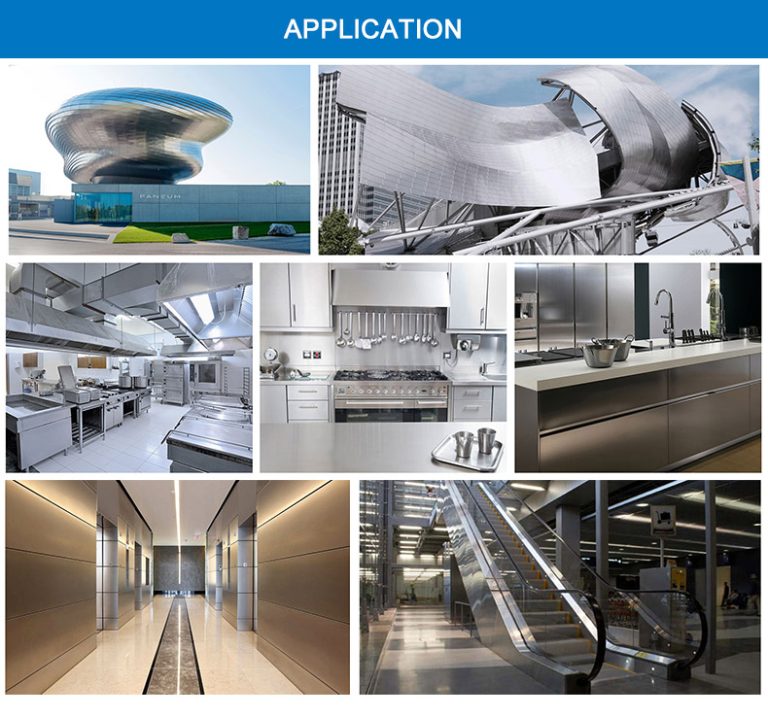
In general, pure metals exhibit relatively high ductility. However, when other alloying elements are added, forming a single-phase solid solution also results in good ductility. For example, iron-nickel alloys can form continuous solid solutions, so the ductility of the alloy…
